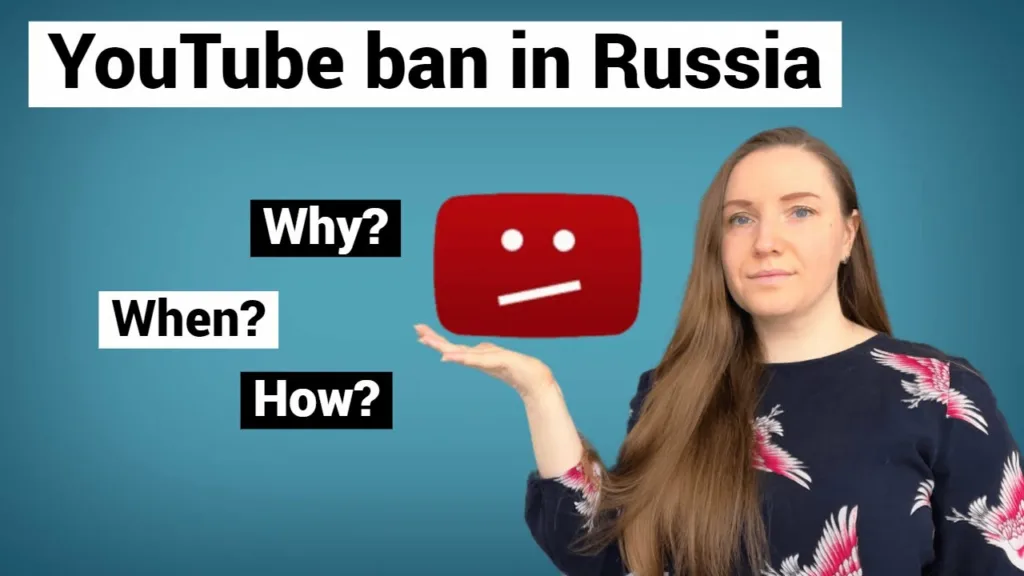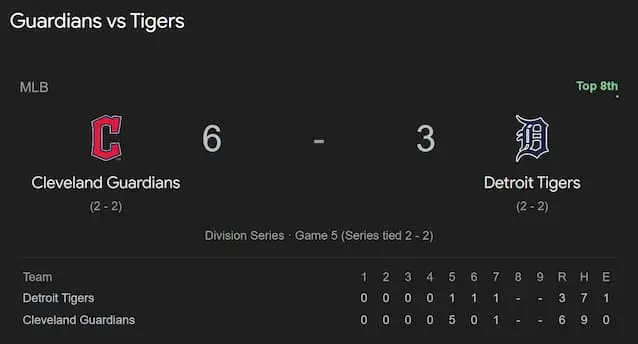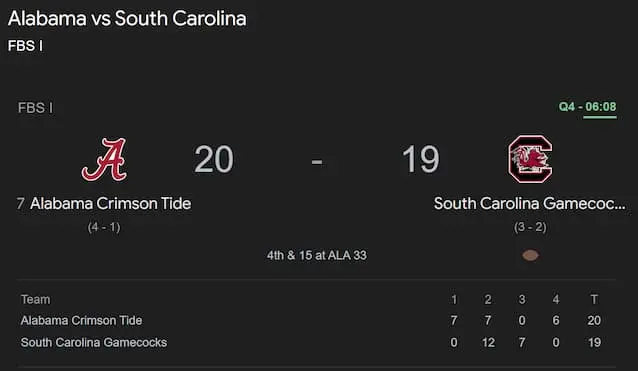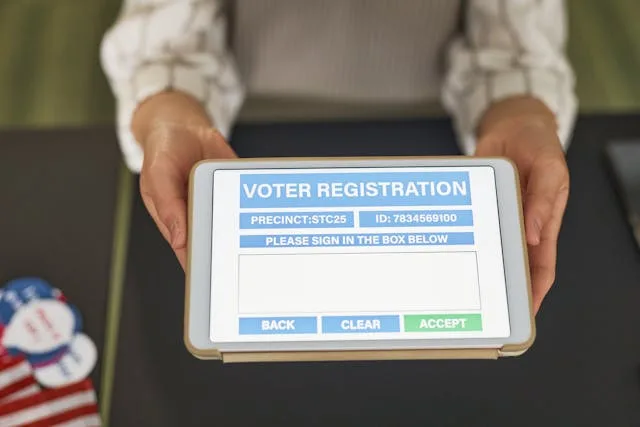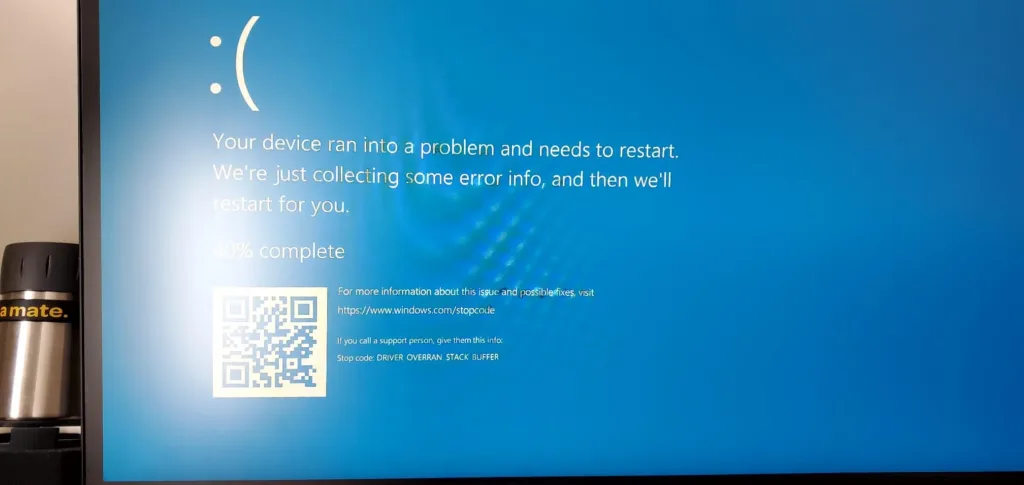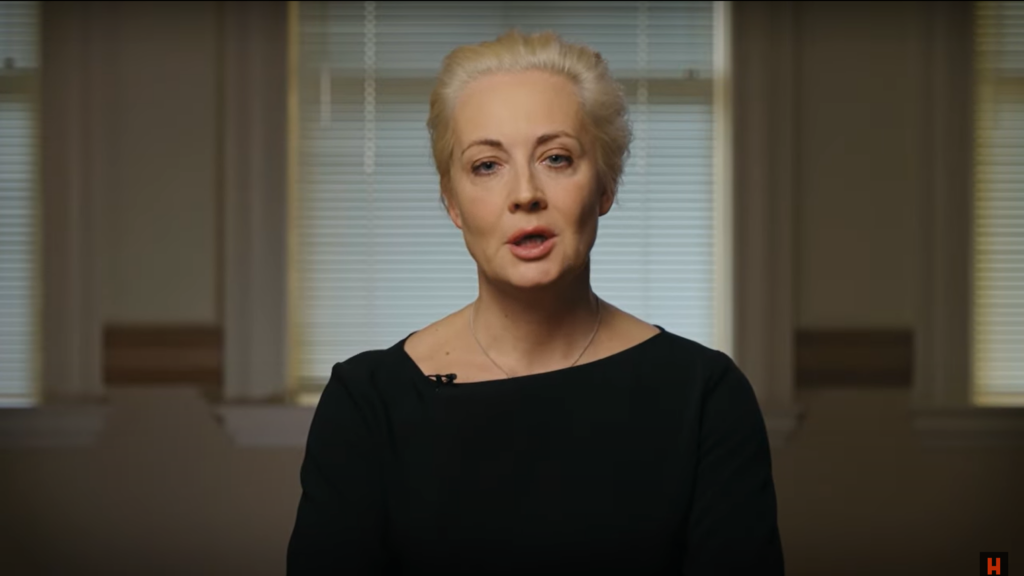There have been reports of attempts by the Russian government to restrict or ban platforms like YouTube within the country. Such measures are typically part of broader efforts to control information and limit access to content that is critical of the government or considered contrary to its policies.
The implications of such actions can be significant, affecting access to information, freedom of expression, and the ability of individuals to communicate and stay informed. These restrictions can also have a broader impact on international relations and the flow of global information.
Is that even possible?
Banning a platform like YouTube is technically possible, but it involves significant challenges and consequences:
- Technical Implementation: Governments can block access to specific websites or services by restricting IP addresses or using DNS filtering. However, such measures can be circumvented by using VPNs or other methods to bypass restrictions.
- Impact on Users: Banning a major platform like YouTube can have a substantial impact on users who rely on it for information, communication, education, and entertainment. It can also drive users to alternative platforms or methods to access content.
- Economic and Social Effects: Such bans can affect businesses and content creators who use the platform for advertising and distribution. It can also strain relations with international companies and affect the broader tech ecosystem.
- Public Response: Restricting access to popular platforms can lead to public backlash and affect the government’s image, both domestically and internationally.
While technically feasible, a ban on YouTube would have wide-reaching effects and could prompt both legal and social responses from affected individuals and organizations.
So what does that ban imply? Blocking of IP addressses? DNS-level blocking?
A ban on a platform like YouTube typically involves several methods, often used in combination, to block access:
- IP Address Blocking: This involves preventing access to the IP addresses associated with YouTube’s servers. Users attempting to connect to these addresses would be unable to access the site. However, this method can be circumvented with VPNs or proxies.
- DNS Blocking: This method involves blocking the domain name system (DNS) queries that resolve YouTube’s domain names to their IP addresses. When users try to access YouTube, their DNS requests are either blocked or redirected to an error page. Users can bypass DNS blocks by using alternative DNS services or VPNs.
- URL Filtering: Governments can use URL filtering to block specific URLs or content on YouTube. This method can be more targeted but also more complex to implement on a large scale.
- Deep Packet Inspection (DPI): This technique involves analyzing network traffic to identify and block data associated with YouTube. It can be more difficult to circumvent than DNS or IP blocking but is more resource-intensive.
- ISP-Level Blocking: Internet Service Providers (ISPs) can be required to implement blocks at their level, preventing their customers from accessing certain sites or services.
- App Store Restrictions: In some cases, governments might pressure app stores to remove YouTube apps or restrict their availability, further limiting access.
Each method has its limitations and can often be bypassed with various tools and technologies, such as VPNs, proxies, or alternative DNS services. As a result, while a ban can significantly disrupt access, it may not be completely effective at preventing users from reaching the platform.
Does deep packet inspection (DPI) work over TLS?
Deep Packet Inspection (DPI) is a technique for analyzing network traffic by examining data packets as they travel through a network. When traffic is encrypted using Transport Layer Security (TLS), DPI becomes more challenging, but not entirely impossible, for the following reasons:
- Encryption of Payload: TLS encrypts the data payload within the packet, making it difficult for DPI systems to analyze the content of the communication. This means that while DPI can see that a connection is occurring, it cannot inspect the encrypted data itself.
- Metadata Analysis: Even though the payload is encrypted, DPI can still analyze metadata such as IP addresses, port numbers, packet sizes, and timing information. This metadata can sometimes be used to infer patterns or identify types of traffic, but it does not provide access to the actual content.
- SNI (Server Name Indication): In some cases, DPI can inspect the SNI field of the TLS handshake, which indicates the domain name of the server the client is trying to connect to. This can help identify and block traffic to specific domains, although it does not provide access to the encrypted content.
- Certificate Inspection: DPI systems may attempt to perform man-in-the-middle (MITM) attacks by intercepting and decrypting TLS traffic if they can issue trusted certificates or compromise the certificate chain. However, this requires significant effort and can be detected by users through security warnings.
Overall, while DPI is more difficult and less effective when dealing with encrypted traffic, sophisticated techniques and technologies may still attempt to analyze or interfere with encrypted connections. However, encryption significantly increases the complexity of such operations and provides greater privacy and security for users.
Would DNS over TLS mitigate any of the above?
Yes, DNS over TLS (DoT) can help mitigate some of the challenges associated with Deep Packet Inspection (DPI) by encrypting DNS queries and responses. Here’s how DoT affects DPI and related techniques:
- Encryption of DNS Traffic: DoT encrypts DNS queries and responses, which prevents DPI systems from inspecting the content of these queries. This means that while DPI systems can still see that DNS traffic is occurring, they cannot view the actual domain names being queried.
- Prevention of DNS Spoofing: DoT helps prevent DNS spoofing and cache poisoning attacks by ensuring that DNS responses are authenticated and encrypted. This makes it more difficult for attackers to intercept and alter DNS traffic.
- Hiding DNS Queries from ISPs: ISPs and other network operators cannot easily view or manipulate DNS queries and responses when using DoT. This can prevent them from blocking or redirecting traffic based on DNS queries.
- Limitations: While DoT improves privacy and security for DNS traffic, it does not address other aspects of DPI, such as analyzing encrypted payloads or inspecting metadata. Therefore, it is one layer of security but does not fully address all aspects of traffic inspection.
Overall, DNS over TLS enhances privacy by encrypting DNS queries and responses, making it more challenging for DPI systems and other forms of network surveillance to access or manipulate DNS traffic. However, it is part of a broader set of security measures needed to protect against various types of network inspection and interference.
What are some ways a user could still access YouTube even if the above measures are in place?
If a user is in a situation where access to YouTube is restricted, but they want to bypass these restrictions, several methods might help them access the site, even if measures like Deep Packet Inspection (DPI) and DNS over TLS (DoT) are in place:
- VPNs (Virtual Private Networks):
- How it works: A VPN encrypts all of the user’s internet traffic and routes it through a server in another location. This can make it appear as though the traffic is originating from a different country or region.
- Effectiveness: VPNs can bypass IP blocking and DNS filtering, but some advanced DPI systems might detect and block known VPN traffic.
- Proxy Servers:
- How it works: A proxy server acts as an intermediary between the user and the internet, routing requests through another server. This can mask the user’s IP address and bypass some types of traffic filtering.
- Effectiveness: Proxies can bypass DNS and IP restrictions, but they may not encrypt traffic unless combined with HTTPS.
- Tor Network:
- How it works: The Tor network anonymizes traffic by routing it through multiple volunteer-operated nodes, obscuring the user’s IP address and making traffic difficult to trace.
- Effectiveness: Tor can bypass censorship and IP blocking but may result in slower internet speeds.
- DNS Over HTTPS (DoH):
- How it works: DNS over HTTPS encrypts DNS queries and responses, similar to DoT, but integrates with HTTPS traffic.
- Effectiveness: DoH can bypass DNS-based filtering and blocking, making it harder for DPI systems to inspect or block DNS queries.
- Accessing Cached or Mirror Sites:
- How it works: Sometimes, cached versions of websites or mirror sites can be accessed if the primary site is blocked.
- Effectiveness: This can be a temporary workaround if the main site is inaccessible, though it may not always be up-to-date or reliable.
- Using Mobile Data:
- How it works: If restrictions are applied only to specific networks (e.g., home or corporate networks), using mobile data instead of Wi-Fi might bypass these restrictions.
- Effectiveness: This depends on whether mobile networks also enforce similar restrictions.
- Alternate Access Points:
- How it works: Accessing YouTube via apps or alternative platforms that may use different methods of connecting to the site.
- Effectiveness: This can sometimes bypass web-based restrictions but may be subject to the same underlying network policies.
While these methods can help users bypass restrictions, they may also have varying degrees of effectiveness based on the sophistication of the network controls and monitoring in place.
What actions can YouTube take to circumvent the blocks?
If YouTube faces blocking or restrictions, there are several strategies it might use to circumvent or mitigate these measures:
- Change IP Addresses:
- How it works: YouTube could regularly update or change the IP addresses of its servers to evade IP address blocking.
- Effectiveness: This requires continuous monitoring and updating but can be effective against straightforward IP-based blocks.
- Use Content Delivery Networks (CDNs):
- How it works: YouTube can distribute its content through a network of servers around the world, making it harder to block all access points.
- Effectiveness: CDNs can help bypass regional blocks by providing multiple access points.
- Implement Domain Fronting:
- How it works: Domain fronting involves using different domain names in the HTTP headers and actual DNS requests, making it harder to identify and block the true destination.
- Effectiveness: This can help evade DNS and IP-based filtering but may require cooperation from cloud services and can be detected if the technique is known.
- Deploy Mirror Sites:
- How it works: Creating mirror sites or alternate domains that replicate content can provide access through different URLs.
- Effectiveness: This can be a temporary solution but may face the same restrictions if detected.
- Use HTTPS and Encrypted Traffic:
- How it works: Continuing to use HTTPS encrypts the content and metadata of the traffic, making it harder for DPI systems to analyze or block specific content.
- Effectiveness: Encryption helps protect content from being inspected or tampered with but doesn’t necessarily bypass blocking.
- Engage in Legal and Diplomatic Efforts:
- How it works: YouTube can engage in negotiations or legal actions to address and potentially reverse unjust restrictions imposed by governments or ISPs.
- Effectiveness: This approach can sometimes lead to policy changes or exemptions, depending on the legal and political context.
- Encourage User Workarounds:
- How it works: Providing guidance on using VPNs or proxies to access content can help users bypass restrictions.
- Effectiveness: While this can help users access blocked content, it does not directly address the blocking itself.
- Adopt Obfuscation Techniques:
- How it works: Implementing traffic obfuscation techniques to make it harder for filtering systems to detect and block YouTube traffic.
- Effectiveness: This can make it more challenging for blocking systems to identify YouTube traffic but may not be foolproof.
YouTube’s ability to implement these strategies effectively depends on the nature and extent of the blocking measures and the technical and political environment in which it operates.
What can Putin gain from the ban of YouTube other than public outrage?
Blocking or restricting access to platforms like YouTube can serve several strategic or political objectives beyond simply inciting public outrage. Here are potential gains for someone like Putin:
- Control of Information:
- Objective: By restricting access to platforms that host diverse or critical content, the government can limit the flow of information and control the narrative. This can prevent the dissemination of content that is critical of the government or its policies.
- Gain: Reduced exposure to dissenting views and negative information, which can help maintain a more controlled public perception.
- Suppressing Dissent:
- Objective: Platforms like YouTube are often used to organize protests, share information about abuses, and mobilize opposition. Restricting access can suppress these activities and reduce the effectiveness of grassroots movements.
- Gain: Increased difficulty for opposition groups and activists to organize and communicate, potentially diminishing their impact.
- Promoting Domestic Alternatives:
- Objective: Restricting access to international platforms can create opportunities for promoting and developing domestic alternatives that are more controllable and aligned with government interests.
- Gain: Growth of local tech industries and media that are more easily monitored and controlled by the state.
- National Security and Cyber Sovereignty:
- Objective: By restricting access to foreign platforms, the government might claim to protect national security and cyber sovereignty, asserting control over digital infrastructure and data.
- Gain: Enhanced control over the digital environment and justification for further regulatory measures.
- Political Leverage:
- Objective: Using the restriction of platforms as a bargaining chip in negotiations with other countries or entities, or as a response to international sanctions or criticisms.
- Gain: Potential leverage in diplomatic or economic negotiations.
- Distraction and Consolidation:
- Objective: Creating a distraction or focusing public attention on external threats or issues, which can consolidate support and divert attention from internal problems or controversies.
- Gain: Increased public support or decreased scrutiny on other aspects of governance.
These objectives reflect a broader strategy of managing information, controlling public discourse, and consolidating power. The effectiveness and consequences of such measures can vary, influencing both domestic and international perceptions of the government.
List of VPNs that will unblock YouTube in Russia:
NordVPN
Pros:
- Strong Security: Advanced encryption, double VPN, and a strict no-logs policy.
- Large Server Network: Over 5,500 servers in 60 countries, providing fast and reliable connections.
- Streaming and Torrenting: Supports streaming services like Netflix and allows P2P file sharing.
- User-Friendly: Easy-to-use apps for multiple devices and platforms.
- 24/7 Customer Support: Live chat support and comprehensive guides.
Cons:
- Price: Slightly higher subscription costs compared to some competitors.
- Occasional Connection Issues: Some users report intermittent connection drops.
ExpressVPN
Pros:
- High-Speed Servers: Known for fast and reliable connections, ideal for streaming and gaming.
- Strong Security: AES-256 encryption, kill switch, and a no-logs policy.
- Wide Server Coverage: 3,000+ servers in 94 countries.
- Excellent Customer Support: 24/7 live chat and detailed setup guides.
- Ease of Use: User-friendly interface across all devices and platforms.
Cons:
- Price: One of the more expensive VPN options.
- Limited Simultaneous Connections: Allows only five devices to connect simultaneously.
Surfshark
Pros:
- Affordable Pricing: Competitive pricing, especially for long-term plans.
- Unlimited Devices: Allows an unlimited number of simultaneous connections.
- Strong Security: AES-256 encryption, kill switch, and a strict no-logs policy.
- Good for Streaming: Works with major streaming services like Netflix.
- User-Friendly: Simple and intuitive apps for various platforms.
Cons:
- Smaller Server Network: Around 3,200 servers in 65 countries, fewer than some competitors.
- Speed Variability: Some users report inconsistent speeds.
CyberGhost VPN
Pros:
- User-Friendly Interface: Easy setup and use, ideal for beginners.
- Large Server Network: Over 7,000 servers in 90 countries.
- Strong Security: AES-256 encryption, kill switch, and a no-logs policy.
- Streaming and Torrenting: Optimized servers for streaming and P2P sharing.
- Long Trial Period: 45-day money-back guarantee.
Cons:
- Price: Monthly plans are relatively expensive.
- Ownership Concerns: Owned by a company with a history of privacy concerns.
Private Internet Access (PIA)
Pros:
- Affordable Pricing: Competitive rates, especially for long-term plans.
- Strong Security: Advanced encryption, kill switch, and a strict no-logs policy.
- Customization: Highly customizable settings for advanced users.
- Large Server Network: Over 35,000 servers in 78 countries.
- Good for Torrenting: Supports P2P file sharing on all servers.
Cons:
- Speed: Can be slower than some competitors.
- User Interface: The app interface can be less intuitive for beginners.
ProtonVPN
Pros:
- Strong Security: High encryption standards, no-logs policy, and Secure Core servers.
- Free Plan: Offers a free plan with no data limits (though speed and server access are limited).
- Privacy Focus: Based in Switzerland, with strong privacy laws.
- Streaming and Torrenting: Supports streaming services and P2P file sharing.
- Transparency: Open-source apps and regular security audits.
Cons:
- Price: Premium plans can be relatively expensive.
- Server Network: Smaller network compared to some competitors, with around 1,400 servers in 60 countries.
- Speed: Free plan can be slower due to limited server access and higher demand.
By including these detailed pros and cons in your article, your readers will have a clearer understanding of what each VPN service offers and can make an informed decision based on their specific needs.
